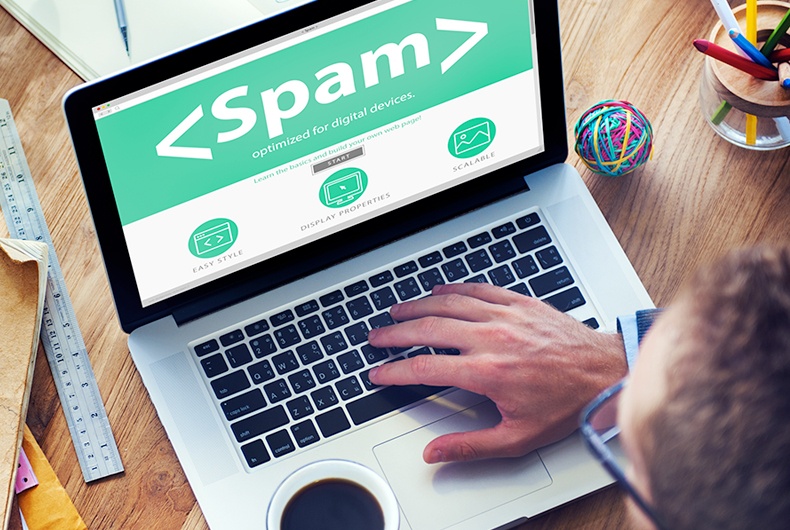How To Not Be A Spambot
Everyone knows that there are corners of their email inbox they dare not tread. Places where thousands of vaguely creepy emails from mysterious addresses and companies lay unopened for months, potentially going on years. These dark recesses are annoying places (the counter of your unread emails stays in the thousands, with no hope of decreasing) but, for an email marketer, they are sad places too.
 From a potential customer’s perspective, they see an anonymous message from an email listing they don’t remember subscribing to. But from the other end, the people who craft and design the content that gets sent out in those email blasts, there’s an equally frustrating experience of seeing thousands of messages going unopened, and many hours of work going unseen.
From a potential customer’s perspective, they see an anonymous message from an email listing they don’t remember subscribing to. But from the other end, the people who craft and design the content that gets sent out in those email blasts, there’s an equally frustrating experience of seeing thousands of messages going unopened, and many hours of work going unseen.
That’s not good, because the personal effort your company is putting into making targeted emails is appearing to be the exact opposite: namely, the carpet-bombing techniques of anonymous spambots. In email advertising, it’s hard to craft content that both fulfills the need to market something while avoiding all the prickly connotations email marketing has in the average consumer. It means striking a tricky balance between aggressive attempts at making connections and conservative methods of not totally ticking off your email lists.
If you’re tracking data on your email lists (and you should, otherwise how are you better than a spambot sending blanketed and desperate cries for attention?), here is an approach you can use to correct the kinds of issues that land your email blasts in darkened corners of Gmail inboxes.
First, you should identify who exactly is not opening your emails. This is why tracking data is important; otherwise there would be no method of recourse for an email blast with a mediocre open rate. You want to specifically target the people on your list who are not responding with a different approach than your more dedicated customers.
From here, you have a couple options. The goal is twofold: to find out why they are not responding well to your email content, and/or to get them to respond much more enthusiastically.
For the first goal, try and do some research! This can vary based on the size or your list and types of customers that you are reaching out to, but if you can get some data on who these non-responding customers are, the more easily you’ll be able to curate content that they’ll respond to in the future. There is also a possibility that these non-responders lie outside of your target demographic entirely. While abandoning them entirely might be frustrating, its ultimately your goal to create content for the people who have a higher chance of connecting to your product, rather than needlessly roping in those customers who have no interest at all.
And if you do decide that you want to pursue a higher response rate among these customers, there are some tricks of the trade that can help you give your email blasts a little more engaging pizzazz. Short, attention grabbing subject lines are key; it’s the subject line, and not the email content, that is going to finally prompt your audience to give you that first click! Once you’ve fine-tuned the subject line to be engaging (asking a question or providing a solution to a customer’s needs is usually a good tactic), use the body of your email to show the benefits of what the company has to offer. Free downloads of informational material, discounts and coupons, or even trials of products are always good offers!
We hope that these few guidelines can help lend your email blasts the sense of being actually useful, instead of just spam to remain eternally unopened in the unexplored wilds of your audience’s inboxes.



Leave a Reply